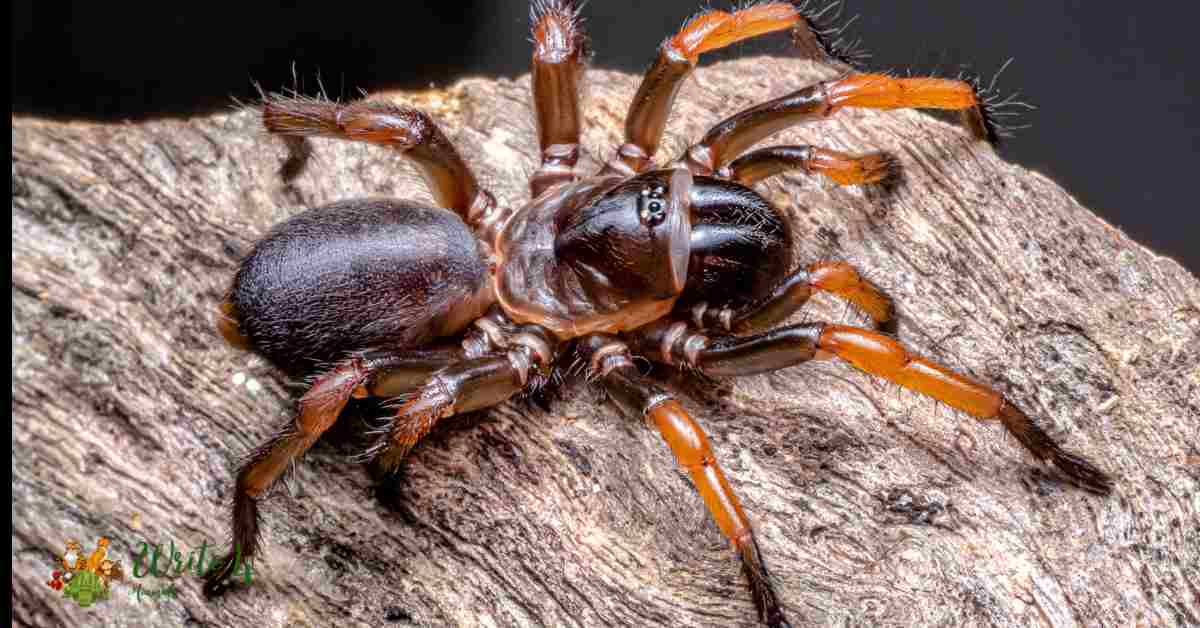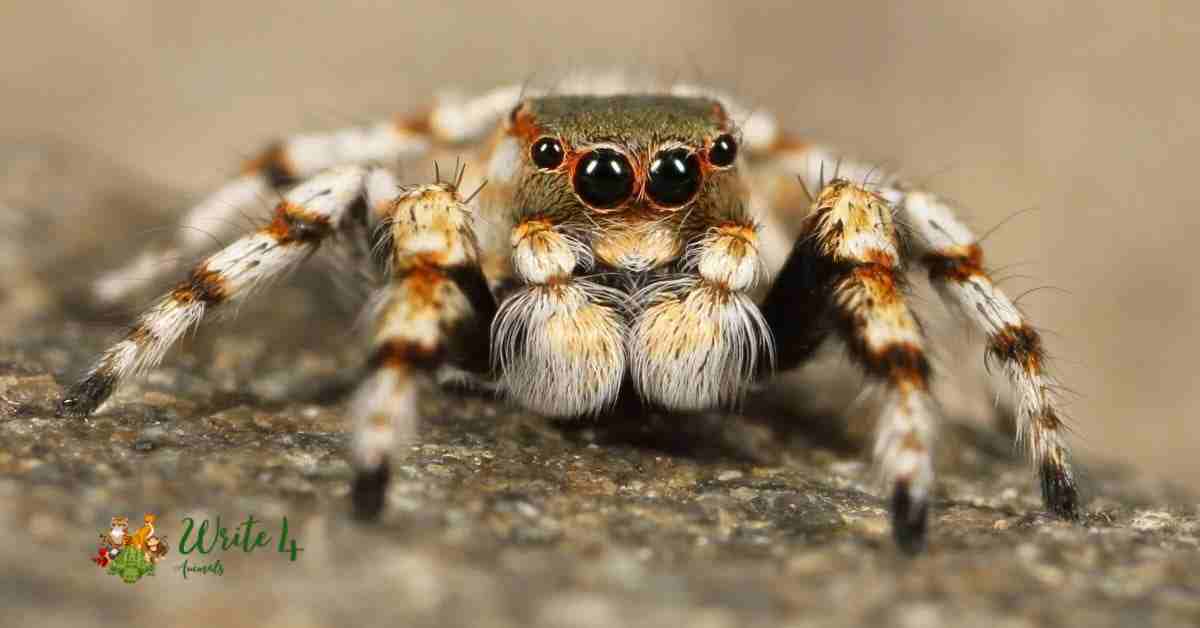Spiders, those eight-legged marvels of the arachnid world, have long fascinated and sometimes terrified humans. From the intricate silk webs they weave to their stealthy hunting tactics, spiders are undoubtedly remarkable creatures.
One of the most intriguing aspects of their biology is their ability to survive extended periods without food. In this exploration, we will delve into the fascinating world of spider metabolism, adaptation, and How Long Spiders Can Live Without Food.
How long can spiders survive without food?
The ability of spiders to survive without food varies among species and is influenced by factors such as size, metabolism, and environmental conditions. In general, many spiders can endure periods of fasting, ranging from several weeks to months. Some larger spider species, such as tarantulas, are known to go without food for several months, and there are documented cases of certain spiders surviving over a year without a meal.
The capacity to withstand extended periods without food is facilitated by various adaptations, including a low metabolic rate, efficient nutrient extraction from prey, and the ability to conserve energy during periods of food scarcity. Spiders may also enter a state of dormancy during unfavorable conditions, further extending their ability to survive without eating.
What Do Spiders Eat?
Spiders are opportunistic carnivores, preying on a variety of insects and small arthropods. Their diet primarily consists of flies, mosquitoes, beetles, moths, and other small invertebrates. While some spiders are web-builders that patiently wait for prey to become ensnared in their silk traps, others are active hunters that use stealth and speed to capture their meals.
Venomous spiders inject their prey with venom to immobilize and digest them before consuming the liquefied tissues. Despite their diverse hunting techniques, spiders play a crucial role in controlling insect populations, contributing to the balance of ecosystems. Their dietary preferences may vary based on species, size, and environmental factors, highlighting the adaptability of these arachnids to different niches within the natural world.
How Spiders Eat
Spiders employ a fascinating process to consume their prey. Once a spider captures its victim, it injects digestive enzymes into the immobilized prey, breaking down internal tissues into a liquid form. The spider then uses specialized mouthparts called chelicerae to suck up the liquefied nutrients.
This external digestion allows spiders to extract maximum nutritional value from their prey while discarding indigestible parts. The efficiency of this process contributes to their ability to survive on sporadic meals, as they can extract essential nutrients even from smaller or less frequent prey encounters.
How Do Spiders Live So Long Without Food?
Spiders have evolved several remarkable adaptations that allow them to live for extended periods without food. These adaptations contribute to their resilience in the face of unpredictable prey availability and enable them to survive in a variety of environmental conditions. Here are some key factors that explain how spiders can endure prolonged periods without eating:

Low Metabolic Rate:Spiders have a naturally low metabolic rate compared to warm-blooded animals. This means they require less energy to sustain their bodily functions. A lower metabolic rate allows spiders to conserve energy and survive on minimal food intake for an extended time.
Efficient Nutrient Extraction: Spiders are highly efficient at extracting nutrients from their prey. After capturing an insect in their web, spiders inject digestive enzymes that break down the internal tissues into a liquid form. This process, known as external digestion, allows spiders to extract maximum nutritional value from their prey.
Web-Building Strategies: Many spiders, especially orb-weavers, invest considerable energy in constructing intricate silk webs. These webs serve as both hunting tools and energy-saving devices. Once a web is spun, spiders can remain in a stationary position, conserving energy while waiting for prey to become ensnared.
Seasonal Dormancy: Some spider species enter a state of dormancy, known as diapause, during unfavorable environmental conditions. This dormancy allows spiders to reduce their metabolic activity and endure extended periods without food. They can wait for more favorable conditions before becoming active again.
Cannibalism: In times of scarcity, some spiders resort to cannibalism, consuming other spiders or conspecifics. This behavior allows certain individuals to sustain themselves when prey is scarce, serving as a survival strategy during challenging times.
Energy Storage: Spiders are adept at storing energy in the form of lipids and proteins. This stored energy can be utilized during periods when food is not readily available, helping spiders maintain essential bodily functions even in the absence of regular meals.
Adaptation to Fluctuating Prey Availability: Spiders have evolved to adapt to fluctuations in prey availability. Their ability to adjust their behavior, hunting strategies, and metabolism allows them to navigate periods of abundance and scarcity in their environment.
Some Species of Spiders and How Long They Can Live Without Food
1. Trapdoor Spiders
Trapdoor spiders, recognized for their burrow-dwelling lifestyle, demonstrate impressive resilience in the face of food scarcity. These arachnids construct silk-lined burrows with camouflaged trapdoors, allowing them to patiently wait for passing prey. Remarkably, trapdoor spiders can survive several months without a meal, relying on their concealed retreats as a strategic advantage in securing sustenance.
2. Tarantulas
Tarantulas, belonging to a diverse family of large and hairy spiders, are renowned for their robustness and ability to endure extended periods without food. Some tarantula species have been reported to survive for several months between meals, and in exceptional cases, even over a year. This remarkable adaptability allows tarantulas to thrive in diverse environments, from deserts to rainforests.
3. Orb-Weavers
Orb-weaving spiders, characterized by their intricate and precisely engineered webs, employ a combination of patience and proactive hunting. While their feeding frequency may vary, these spiders exhibit a balance between energy conservation and strategic web-building. Adapted to the seasonal availability of prey, orb-weavers can go without food for varying durations, utilizing their silk traps as efficient tools for capturing flying insects.
4. Wolf Spiders
Wolf spiders are versatile hunters known for their agility and keen eyesight. Unlike web-building spiders, wolf spiders actively stalk and pounce on their prey. This hunting strategy, coupled with their ability to consume a wide range of insects, contributes to their adaptability. While specific durations may vary among species, wolf spiders can endure periods without food, showcasing their resilience in the ever-changing dynamics of their habitats.
5. Brown Recluse Spiders
Brown recluse spiders are notable for their secretive nature and venomous bite. These spiders can go without food for extended periods, often waiting in concealed locations for unsuspecting prey. Their ability to survive on infrequent meals is attributed to both their venomous hunting tactics and their capacity to metabolize and store nutrients efficiently.
Do Spiders Store Food In Their Webs?
Spiders, in general, do not store food in their webs in the same way that some other animals might store provisions. Unlike ants or bees, spiders do not have specialized storage chambers within their webs for food. However, spiders do use their silk webs for various purposes related to hunting, feeding, and survival.
Web as a Hunting Tool: The primary function of a spider’s web is to serve as a hunting tool. Web-building spiders, such as orb-weavers, construct intricate webs to capture flying insects. The silk threads are designed to be sticky, ensnaring prey that comes into contact with the web. Once caught, the spider quickly immobilizes its prey and consumes it directly.
Digestion in the Web: While spiders don’t store food in their webs, some species do use their silk for a unique feeding process. After capturing prey, spiders inject digestive enzymes into the caught insect. These enzymes break down the internal tissues of the prey into a liquid form, making it easier for the spider to consume. The spider then feeds directly on its prey while it is still entangled in the web.
Web Maintenance: Spiders regularly maintain and recycle their webs. They may consume and reabsorb silk from old webs, recycling the valuable proteins and nutrients. This process allows spiders to conserve energy and resources, ensuring the sustainability of their silk production.
Frequently Asked Questions
How long can spiders survive without food?
The duration spiders can live without food varies among species, influenced by factors such as size, metabolism, and environmental conditions. Generally, many spiders can endure weeks to months without a meal, with some species even surviving over a year between feedings.
What adaptations allow spiders to live without food for extended periods?
Spiders have evolved various adaptations for survival during food scarcity. These include a low metabolic rate, web-building strategies, seasonal dormancy, and, in some cases, cannibalism. These adaptations enable spiders to conserve energy and endure prolonged periods without consuming prey.
Do all spider species have the same ability to go without food?
No, different spider species exhibit varying abilities to live without food. Larger spiders generally have slower metabolisms and can endure longer periods without eating compared to smaller species. Additionally, the hunting strategies and environmental niches of each species influence their capacity to cope with food scarcity.
Are there spiders that can live without food for an exceptionally long time?
Yes, certain spiders have been documented surviving for remarkably long durations without food. Trapdoor spiders, tarantulas, and orb-weaving spiders are examples of species known for their ability to endure extended fasting periods, ranging from several months to over a year.
How do spiders obtain nutrients when they don’t have regular access to food?
Spiders are efficient at extracting nutrients from their prey. After capturing an insect in their web, spiders inject digestive enzymes that break down internal tissues into a liquid form. The spider then consumes the liquefied nutrients, maximizing the nutritional value of each meal.
Can spiders die from starvation?
While spiders have impressive adaptive mechanisms for surviving without food, prolonged starvation can eventually lead to weakened health and reduced reproductive success. The ability to endure food scarcity is an essential aspect of their survival strategy, but continuous access to food is still crucial for their overall well-being.
How does the environment affect a spider’s ability to go without food?
Environmental factors such as temperature, humidity, and prey availability can influence how long spiders can survive without food. In seasons or environments where prey is scarce, spiders may employ dormant states or alter their hunting strategies to adapt to the challenging conditions.
Are there risks associated with spiders going without food for extended periods?
Prolonged fasting can have consequences for a spider’s health and reproductive capabilities. While their adaptations help them endure periods of scarcity, consistently providing suitable prey is essential for maintaining the health and vitality of spider populations in the long term.
Recommended
1. 45 Animals that Start with i
2. 21 Animals that live in the Desert | Desert Animals
